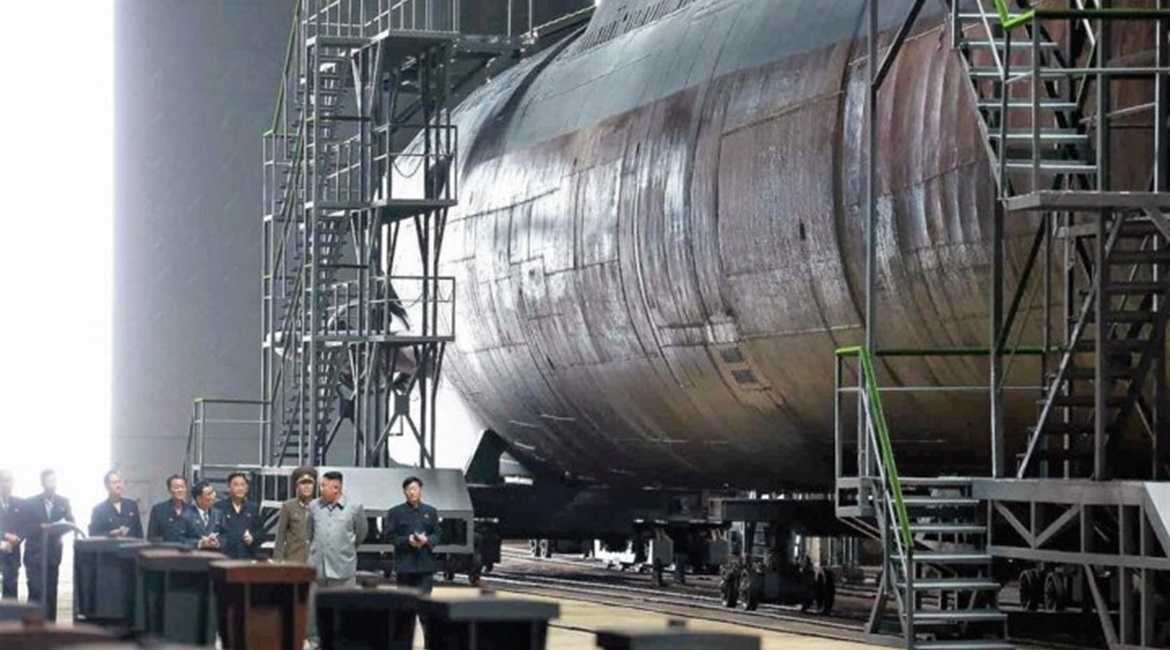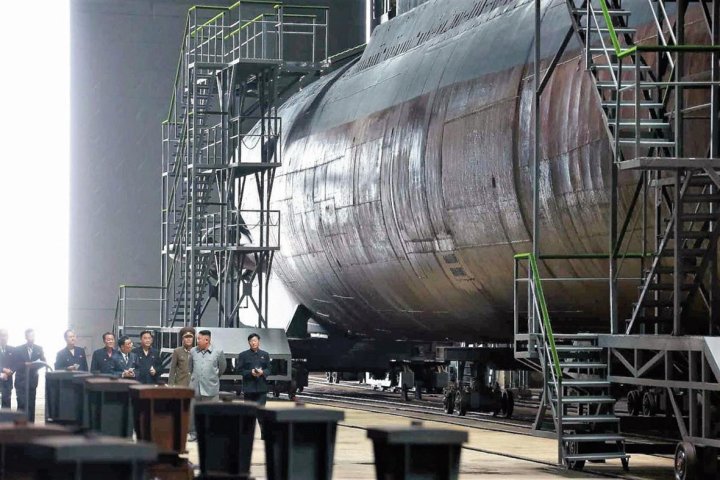
North Korea test-fired what appeared to be a submarine-launched ballistic missile (SLBM) from waters off its eastern coast on 2 October.
South Korea’s Joint Chiefs of Staff (JCS) said that same day that the missile, which it believed to be a type of Pukkuksong/Bukgeukseong SLBM, was launched in an easterly direction at 0711 h local time from waters off North Korea’s eastern port city of Wonsan, Kangwon Province.
The projectile flew a distance of about 450 km and reached an altitude of about 910 km before falling into the East Sea (Sea of Japan), said the JCS, adding that the South Korean military maintains a readiness posture and is monitoring the situation in case of additional launches. The JCS also called on Pyongyang to stop heightening tensions on the Korean Peninsula.
Japan’s Ministry of Defense (MoD) initially stated that it had detected two ballistic-missile firings but later corrected this, saying that the missile appears to have split into two parts, one of which fell into waters within Japan’s exclusive economic zone – some 350 km north of the Oki Islands, which are part of Japan’s Shimane Prefecture.
In this context Seoul asked Tokyo to share information about the missile launch under the framework of the General Security of Military Information Agreement (GSOMIA): a bilateral intelligence-sharing pact set to expire on 22 November following South Korea’s decision not to renew the agreement amid heightened tensions between the two countries.
If confirmed, the latest missile launch – of which no images have yet emerged – would have been North Korea’s first of an SLBM since the country test-fired its Pukkuksong-1/Bukgeukseong-1 (known in South Korea as the KN-11) on 24 August 2016. At the time the missile flew about 500 km.

Looking to read the full article?
Gain unlimited access to Janes news and more...




